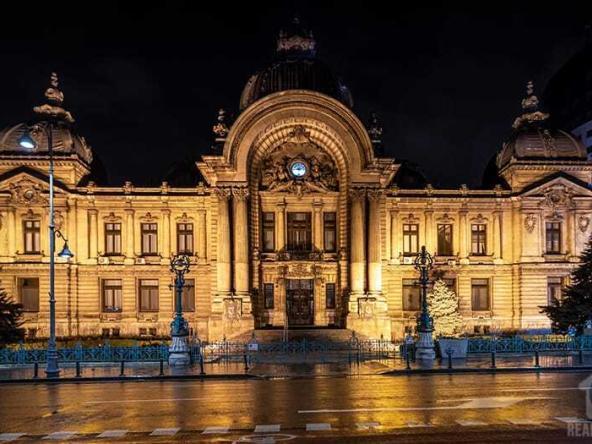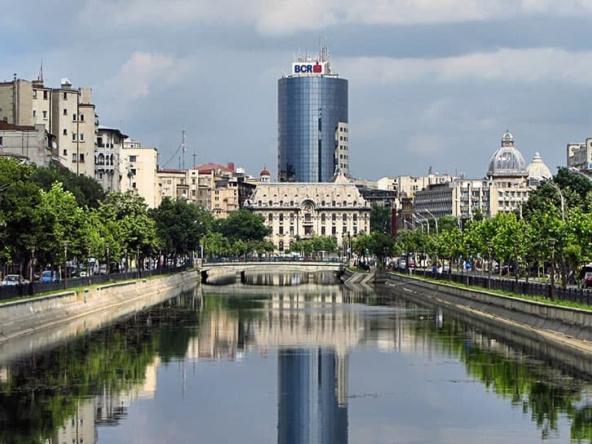The Romanian National Opera Bucharest is one of the four National Operas in Romania and it is considered the largest lyrical theater in the country. The name “Romanian Opera” was used nationwide long before a special building was designated for hosting the many local opera and ballet shows. The writer, conductor and singer George Stephanescu is the one who has always fought for creating this artistic institution, which he funded under the name “The Romanian Opera Company”.
The Romanian lyric theater tradition has more than two centuries, marked by outstanding artists that have enriched our country’s musical culture. At the beginning of 1772 historians mention the presence of an opera band in Bucharest, but only in 1919 the Romanian National Opera was funded. Starting then, it has become the first lyrical stage in the country where the most important opera concerts were held. Its repertory includes over 150 titles of opera and ballet, some of the most diversified and spectacular International music pieces ever created.
A particular attention was shown to the development of the Romanian classical music, which has known a remarkable progress thanks to the work of world famous writers such as Gheorghe Dumitrescu, George Enescu, Zeno Vancea, Alfred Mendelsohn, Mircea Kiriac, Laurentiu Profeta and Cornel Trailescu. The new location of the Romanian National Opera was built in 1953, in Bucharest, and it represents a more appropriate and elegant setting for hosting the wonderful and rich opera and ballet stage offered by Romanian culture.
Bucharest’s lyrical band was launched on the 8th of May 1885, hosting progressively a repertory that became richer by the day. At the beginning, the company included mostly Italian and French opera that were very popular at that moment, but also comedy opera from the National portfolio, in which debuted some of the most iconic Romanian voices of all time.
Although the existence of an artistic Romanian band of lyrical theater known as the Romanian Opera Company was made public in 1885, the founding of the Romanian Opera as an institution financed by the Public Budget was possible only in 1921. The absolute premiere took place with the Lohengrin opera show under the directions of George Enescu.
The current building of the Romanian Opera, with a capacity of 952 places, was constructed in 1953 according to the sketch of the famous architect Octav Doicescu. It was named the Opera and Ballet Theater and it was focused on two big International events: the third World Youth Congress (25-30 July) and the fourth World Festival of Youth and Students (2-14 August), but it was inaugurated only on the 9th of January 1954 when the “Queen of Spades” opera show by Piotr Ilici Ceaikovski was hosted.
The façade of the building has a portico with three monumental arcades decorated with the statues of four muses and three access doors which allow the entrance in the sumptuous lobby constructed on two levels. The building is listed on the list of Bucharest’s historical monuments with the code B-II-m-B-19004.
The opera hall has a horseshoe shape. The stage is 24 meters wide, 20 meters deep and 30 meters tall. At the last floor there is the Opera Museum. In the park located in front of the building there is the statue of the great musician George Enescu, a bronze sculpture made by Ion Jalea. Also in front of the building, but facing the entrance, there is the statue of the writer Gheorghe Stephanescu (1843 – 1925), the founder of the Romanian Opera.
On the building’s front side instead of two smaller arcades, which used to initially frame the larger ones, two reliefs were added, one that depicts an opera scene (made by the sculptors Zoe Baicoianu and Boris Caragea), and the other of two ballet dancers flying( the sculptor being Ion Vlad). In the opera hall there is a magnificent chandelier with 100 branches made on golden crystal. Occasionally, some shows are hosted in the Yellow Foyer, which has a capacity of maximum 200 places.






